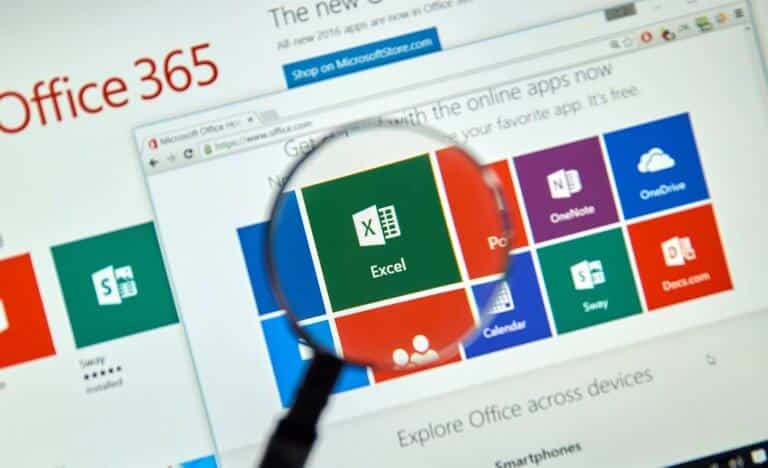Bring your own device (BYOD) is the practice that allow employees using personal devices for work-related purposes. Personal devices include smartphones, personal computers, tablets, or USB drives.
BYOD has become a trend in the corporate environment. In 2017, 59% of organizations allowed employees to use their own devices for work purposes and this trend has kept growing in the following years.
Pros of BYOD
For companies with high numbers of non-desk workers, the discussion about BYOD is particularly important. Allowing a remote workforce to use their personal mobile devices might enable companies to improve communication between desk-bound employees and their non-desk counterparts.
The numbers say no. In fact, the story they tell points to the astounding success of private smartphones in the corporate environment.
Productivity
According to a Forbes study, 49% of employees say that they are more productive when using their own device. In general, workers tend to avoid communication on a device they don’t feel comfortable using. To ensure that relevant information gets to your employees on the right channels, it is advisable to let them work with a device they feel familiar with.
Familiarity
Implementing BYOD policies means less time for training: employees are already familiar with their own devices and they know how to get the best out of them. Because of that, you will see an increase in the efficiency and a reduction in the time needed to complete tasks, which will affect positively productivity.
Flexibility
By allowing employees to use their own devices, they are able to work anywhere without requiring other tools to access work related files.
A bring your own device policy also gives the employer greater flexibility which is being as a key factor to job satisfaction and positive motivation. Flexibility is one of the main incentives for employee happiness and it can also increases loyalty, morale, and employee engagement.
Financial savings
BYOD means that companies save money, since they do not have to buy devices for each of their employees. BYOD can reduce expenses in three areas: hardware, telecommunications, and support and training. It also lowers expenses for repairs and updating. According to a study issued by Cisco’s Internet Business Solutions Group, companies save an estimated $3,150 per employee per year with BYOD. This amount is based on device costs, data plans, and $1,518 per employee per year in associated time savings.
Cons of BYOD Policies
Security
An organization can require that employee devices registered with the company to be monitored constantly. It can also require back-up software, antivirus software, or specific password protection policies be implemented. It is more difficult to manage the security on personal devices. Establishing stipulations onto an employee-owned device, even if it is only during working hours, feels like an invasion of privacy. Businesses using a BYOD program have to contend with the fact that they will be giving up control over the appropriate use of employee devices.
Software difficulties
A company may use specific software to carry out certain projects. In some cases, employees bringing their own devices may experience problems in the installation or usage processes required for this software. Their devices may not even be suitable with the software.
Data retrieval
When an employee leaves the company, it may be necessary to remove the company’s private information from his (her) device, in order to prevent any potential misuse of information. This could be quite challenging because it can be seeing as an invasion of the employee’s privacy and there is an obligation to protect worker personal data.
Lack of consistency
You might find some workers who are still using laptop or mobiles from 2008 while other are you using innovative technology. Although companies save money when a BYOD policy is implemented, there are added end-user support costs to pay. On a team of 10 workers, you might find 8 different devices supported by 6 different operating systems. Being able to help them when they experience certain difficulties might be troublesome.
The bottom line
There are several pros and cons you should take into consideration before implementing a BYOD program. This policy that can save money and increase productivity but, it encourages device familiarity. It can also bring certain risks to the organization that you should be aware of. Before implementing a BYOD program, employee and employer might fully understand the program’s policies and perils in order to become familiar with these key pros and cons.







